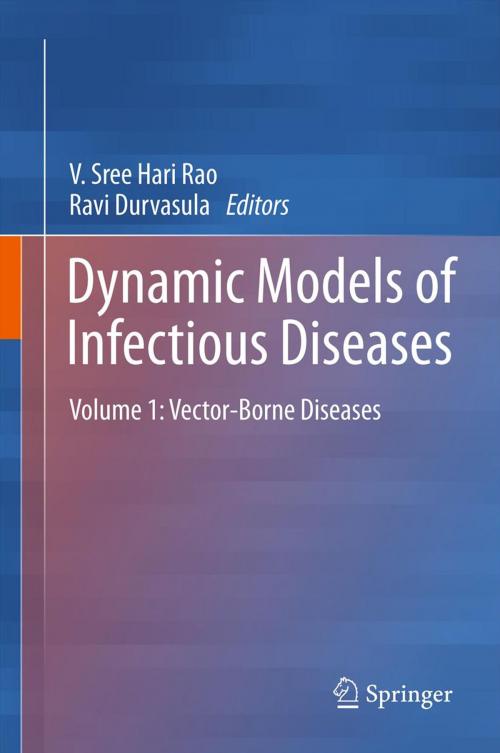Dynamic Models of Infectious Diseases
Volume 1: Vector-Borne Diseases
Nonfiction, Health & Well Being, Medical, Ailments & Diseases, Infectious Diseases, General, Science & Nature, Science, Biological Sciences| Author: | ISBN: | 9781461439615 | |
| Publisher: | Springer New York | Publication: | November 7, 2012 |
| Imprint: | Springer | Language: | English |
| Author: | |
| ISBN: | 9781461439615 |
| Publisher: | Springer New York |
| Publication: | November 7, 2012 |
| Imprint: | Springer |
| Language: | English |
Despite great advances in public health worldwide, insect vector-borne infectious diseases remain a leading cause of morbidity and mortality. Diseases that are transmitted by arthropods such as mosquitoes, sand flies, fleas, and ticks affect hundreds of millions of people and account for nearly three million deaths all over the world. In the past there was very little hope of controlling the epidemics caused by these diseases, but modern advancements in science and technology are providing a variety of ways in which these diseases can be handled. Clearly, the process of transmission of an infectious disease is a nonlinear (not necessarily linear) dynamic process which can be understood only by appropriately quantifying the vital parameters that govern these dynamics.
Despite great advances in public health worldwide, insect vector-borne infectious diseases remain a leading cause of morbidity and mortality. Diseases that are transmitted by arthropods such as mosquitoes, sand flies, fleas, and ticks affect hundreds of millions of people and account for nearly three million deaths all over the world. In the past there was very little hope of controlling the epidemics caused by these diseases, but modern advancements in science and technology are providing a variety of ways in which these diseases can be handled. Clearly, the process of transmission of an infectious disease is a nonlinear (not necessarily linear) dynamic process which can be understood only by appropriately quantifying the vital parameters that govern these dynamics.















